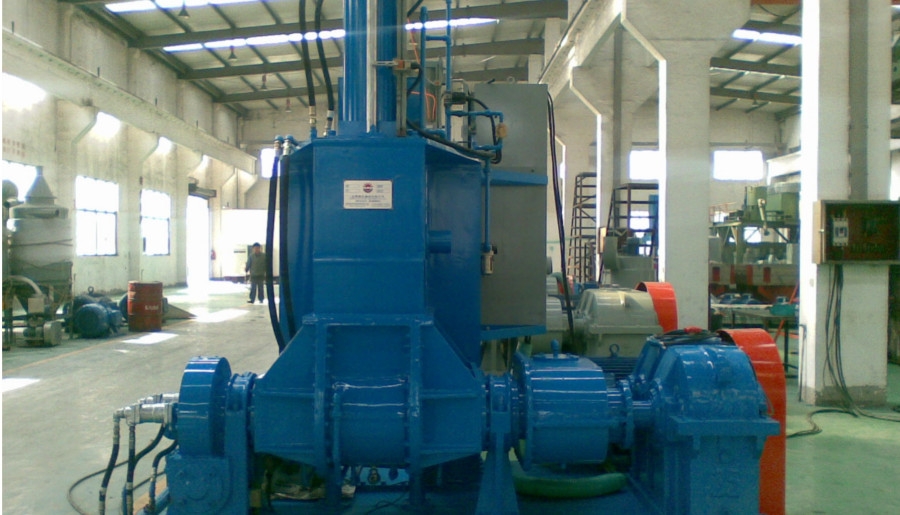Transfer moulding
This is a variation on compression moulding and involves loading a pre-formed blank of rubber in a cavity connected to the mould cavity by a runner. The blank is compressed when the mould closes and is forced under pressure into the mould cavity. The safety considerations are the same as for compression moulding.
Injection moulding
This produces precision mouldings. The rubber is pre-heated and a rotating screw forces it into the mould cavity under pressure. Vertical injection moulding machines are more common than the horizontal type generally used in plastics processing.
Injection moulding machines can have a manual mode where the operator removes the moulded item at the end of each cycle. More common are semi-automatic or fully automatic machines where conveyor or pick and place robots remove the moulded product. Injection moulding machines tend to operate at faster speeds and on shorter cycle times than compression/transfer moulding, which effectively increases the potential risk to the operator from mechanical hazards.




Leave a comment
Make sure you enter all the required information, indicated by an asterisk (*). HTML code is not allowed.